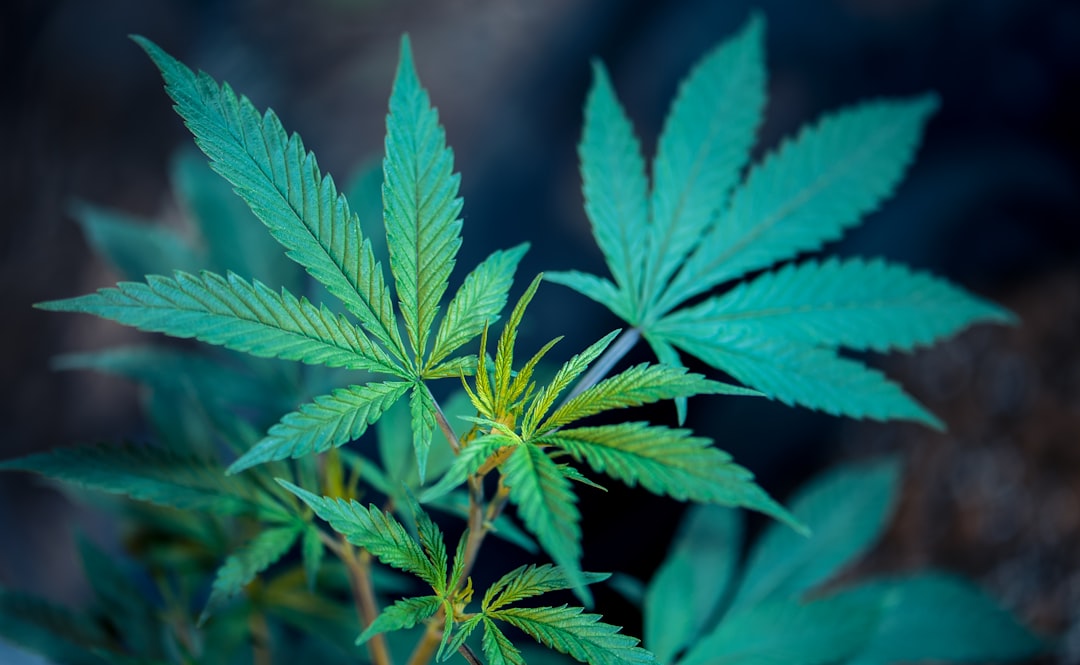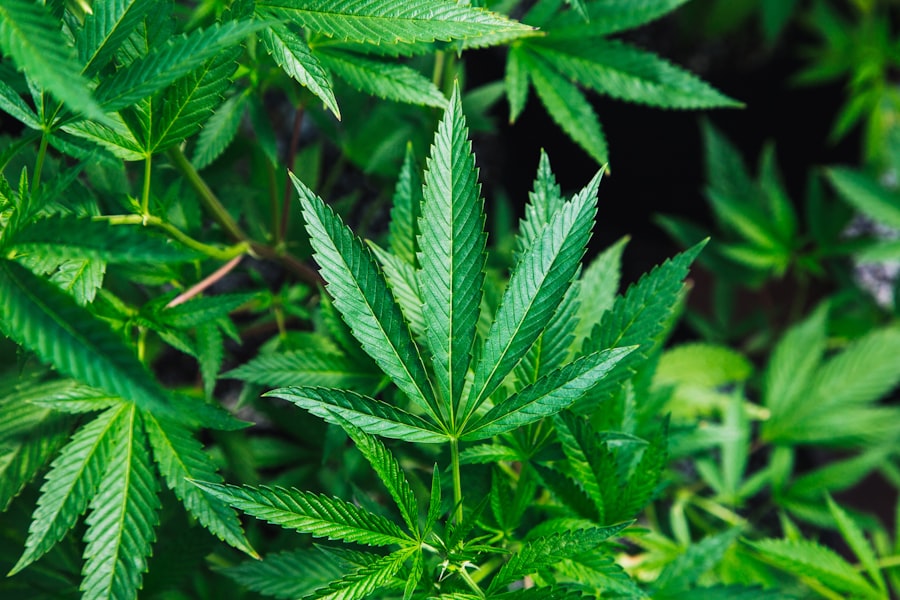

Cannabis concentrates are highly potent extracts derived from the cannabis plant, containing elevated levels of cannabinoids and terpenes. These substances are produced through extraction processes that separate desired compounds from plant material, typically using solvents such as butane, CO2, or ethanol. The resulting concentrates come in various forms, including oils, waxes, shatter, and budder, each with distinct consistencies and potencies.
Known for their high concentration of cannabinoids like THC and CBD, cannabis concentrates offer significantly stronger effects compared to traditional cannabis flower. This potency makes them popular among medical patients and recreational users seeking intense and rapid onset of effects. Concentrates are versatile and can be consumed through methods such as vaporization, dabbing, or incorporation into edibles.
The high potency of cannabis concentrates necessitates cautious use, particularly for individuals new to cannabis or those with low tolerance. While these products offer benefits for some users, their strength requires responsible consumption and awareness of potential risks.
There are several different types of cannabis concentrates, each with its own unique characteristics and methods of production. One of the most common types of concentrates is cannabis oil, which is a viscous liquid that can be used in vaporizers, edibles, and tinctures. Cannabis oil is often rich in cannabinoids and terpenes, making it a popular choice for those seeking a potent and flavorful experience.
Another popular type of concentrate is cannabis wax, which has a soft, crumbly texture and is often used for dabbing. Cannabis wax is created through a process that involves purging the extracted cannabinoids and terpenes of any residual solvents, resulting in a highly potent and flavorful product. Shatter is another type of cannabis concentrate that is known for its glass-like appearance and high potency.
Shatter is created through a process that involves purging the extracted cannabinoids and terpenes at a low temperature and pressure, resulting in a translucent and brittle substance that can be broken into pieces for consumption. Budder is a type of concentrate that has a creamy consistency and is often used for dabbing or vaporization. Budder is created through a process that involves whipping the extracted cannabinoids and terpenes to create a smooth and creamy texture.
Each type of concentrate offers its own unique experience, with varying levels of potency, flavor, and consistency.

The science behind cannabis concentrates lies in the extraction process, which involves separating the desirable compounds from the plant material to create a highly potent substance. The most common method of extraction involves the use of solvents such as butane, CO2, or ethanol to dissolve the cannabinoids and terpenes from the plant material. This process results in a highly concentrated extract that can contain up to 90% cannabinoids, making it much more potent than traditional cannabis flower.
Once the cannabinoids and terpenes have been extracted, the resulting concentrate can take on many forms, including oils, waxes, shatter, and budder. The consistency of the concentrate is determined by the extraction method used, as well as the purging process that removes any residual solvents. The end result is a highly potent substance that can be consumed in various ways, including vaporization, dabbing, and edibles.
The science behind cannabis concentrates continues to evolve as new extraction methods and technologies are developed, leading to even more potent and flavorful products.
| Effect | Description |
|---|---|
| Increased THC Levels | Cannabis concentrates have higher levels of THC, leading to stronger psychoactive effects. |
| Rapid Onset of Effects | Concentrates are quickly absorbed into the bloodstream, leading to faster onset of effects. |
| Increased Tolerance | Regular use of concentrates can lead to increased tolerance and potential dependence. |
| Respiratory Irritation | Inhaling concentrates can irritate the respiratory system, leading to coughing and other issues. |
| Impaired Cognitive Function | High THC levels in concentrates can impair cognitive function, affecting memory and decision-making. |
Cannabis concentrates affect the body in much the same way as traditional cannabis flower, but with a much more intense and immediate effect due to their high potency. When consumed, cannabinoids such as THC and CBD interact with the body’s endocannabinoid system, which plays a crucial role in regulating various physiological processes such as mood, appetite, pain sensation, and memory. The high levels of cannabinoids found in concentrates can lead to a more pronounced effect on these processes, resulting in a more intense experience for the user.
The method of consumption also plays a role in how cannabis concentrates affect the body. Vaporization allows for the cannabinoids to be inhaled directly into the lungs, leading to rapid absorption into the bloodstream and a quick onset of effects. Dabbing involves heating the concentrate on a hot surface and inhaling the vapor, resulting in an immediate and intense high.
Edibles offer a different experience, as the cannabinoids are metabolized by the liver before entering the bloodstream, leading to a slower onset of effects but a longer-lasting experience. Regardless of the method of consumption, cannabis concentrates can have a powerful effect on the body due to their high potency and rapid onset of effects.
Cannabis concentrates have been studied for their potential health benefits, particularly in the treatment of various medical conditions. The high levels of cannabinoids found in concentrates have been shown to have therapeutic effects on conditions such as chronic pain, inflammation, epilepsy, and anxiety. For example, CBD has been found to have anti-inflammatory and anti-anxiety properties, making it a promising treatment for conditions such as arthritis and PTSD.
THC has been studied for its pain-relieving properties and its ability to stimulate appetite, making it an effective treatment for conditions such as cancer-related pain and loss of appetite. In addition to their potential therapeutic effects, cannabis concentrates offer a more efficient way to consume cannabinoids compared to traditional cannabis flower. This is particularly beneficial for medical patients who require higher doses of cannabinoids to effectively manage their symptoms.
Concentrates also offer a smoke-free alternative to traditional cannabis consumption methods, making them a safer option for those concerned about the potential health risks associated with smoking. While more research is needed to fully understand the potential health benefits of cannabis concentrates, early studies suggest that they may offer promising therapeutic effects for a wide range of medical conditions.

While cannabis concentrates offer potential health benefits, they also come with risks and side effects that should be considered before use. One of the main concerns with concentrates is their high potency, which can lead to an increased risk of adverse effects such as anxiety, paranoia, and psychosis, particularly in those with a low tolerance or pre-existing mental health conditions. The rapid onset of effects associated with concentrates can also make it difficult for users to gauge their tolerance level, leading to overconsumption and an increased risk of adverse effects.
Another potential risk associated with cannabis concentrates is the use of solvents in the extraction process. While purging methods are used to remove any residual solvents from the final product, there is still a risk of contamination if proper safety measures are not followed during production. Inhaling residual solvents can lead to respiratory issues and other health concerns, making it important to choose concentrates that have been tested for purity and safety.
Additionally, long-term use of high-potency cannabis concentrates may lead to tolerance and dependence, as well as potential cognitive impairment in heavy users.
The future of cannabis concentrate research holds great promise for further understanding their potential therapeutic effects and risks. As legalization continues to expand across the globe, more opportunities for research are emerging, allowing scientists to conduct rigorous studies on the effects of cannabis concentrates on various medical conditions. This research will help to further elucidate the potential health benefits of concentrates and provide evidence-based guidelines for their use in medical settings.
In addition to therapeutic research, there is also growing interest in developing safer extraction methods for cannabis concentrates. New technologies are being developed to minimize the use of solvents in the extraction process, leading to purer and safer products for consumers. These advancements will help to mitigate the potential risks associated with solvent-based extraction methods and ensure that consumers have access to high-quality and safe cannabis concentrates.
Overall, the future of cannabis concentrate research holds great promise for further understanding their potential therapeutic effects and risks. With continued research and technological advancements, we can expect to see even more innovative products that offer safe and effective ways to consume cannabinoids for both medical and recreational purposes.